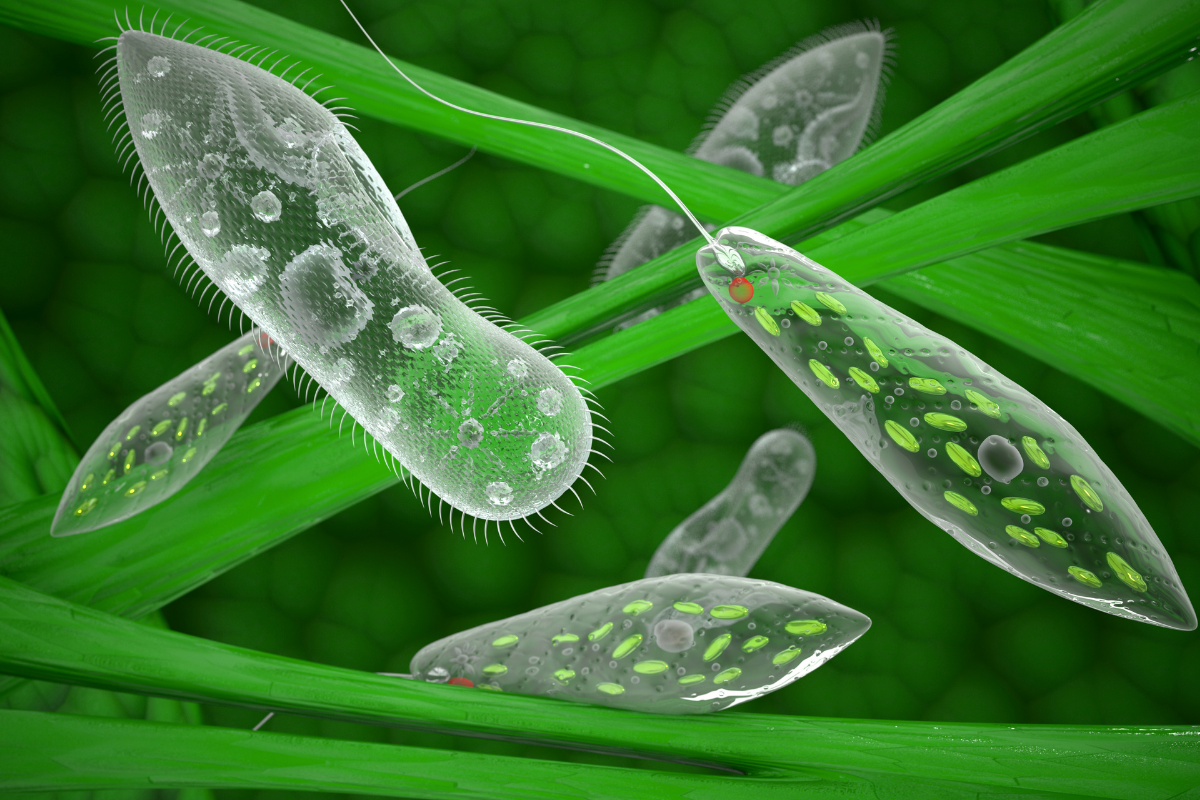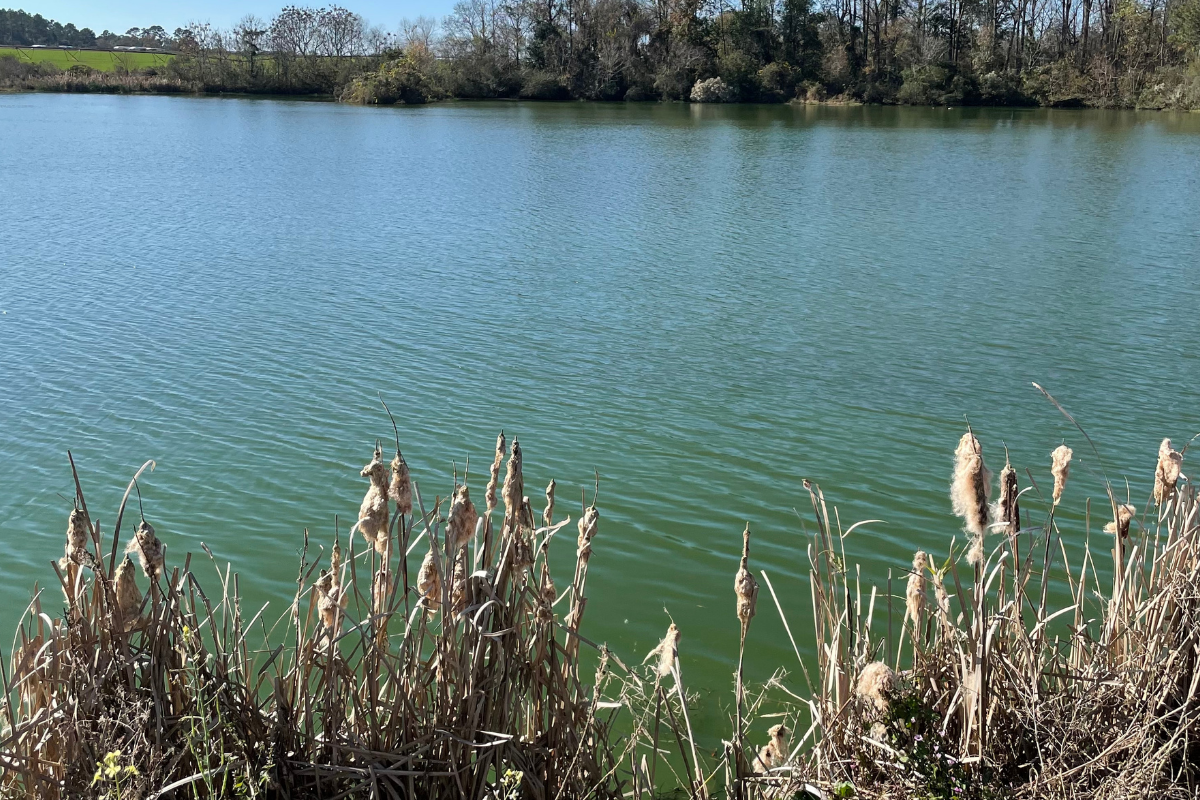On our previous blog post, we talked about the importance of pond fertilization. Nutrients (particularly nitrogen) in the water feed the phytoplankton populations, which are the base of the pond food web. Promoting plankton growth will have cascading effects up the food chain as the plankton feed the sunfish and the sunfish feed the largemouth bass. But what happens if your pond is too fertile?
What is Pond Turnover?
“Pond turnover” is a term that you usually only hear when someone has a large-scale fish kill in a pond. But pond turnover is more common than you think. In fact, it happens all the time in most any pond. You’ll rarely notice that it has occurred except in the case where it can be lethal to the fish in the pond.
So how do you distinguish between a healthy, fertile pond and one that is subject to experience large-scale fish kills? This can be tough and it’s somewhat of a fine line. Pond owners usually don’t realize they have a problem until they see dead fish floating in the water.

What Causes It?
As mentioned earlier, pond turnover is inevitable and happens every year. It doesn’t always cause massive fish kills and usually goes unnoticed. The turnover tends to occur in the fall season when temperatures start to cool.
Ponds that are deeper (5-6′ or more) become “stratified” during the warm summer months. This means that there are drastically different water conditions towards the surface compared to the bottom of the pond. This is a result of the lack of mixing that occurs in the water column during the warmer months.
Water close to the surface tends to be oxygen-rich as a result of the free-exchange of gases on the water surface. Water at the bottom of the pond tends to be oxygen-poor due to a lack of sunlight and accumulation of organic debris. The more different these conditions are between the bottom and pond surface water, the more problematic a turnover event can be.
As dead plankton, fish food, and other organic materials settle on the bottom of the pond, they begin to decompose. This decomposition consumes a significant amount of oxygen, depleting the overall oxygen level of the water near the bottom of the pond. When that oxygen-poor water is suddenly mixed with the surface water, it can be deadly for the fish in the pond.
Pond turnover can be triggered by a number of environmental factors. The onset of cooler weather in the fall will cause the bottom and surface waters to mix. Heavy periods of precipitation and strong winds will also cause mixing of the bottom and surface waters.

Warning Signs of Harmful Pond Turnover
If your pond is located near an agricultural source such as farmland or livestock, that pond could be at risk of a lethal fish kill via turnover. Ponds located near these agricultural sources tend to have significantly more nutrients in the water due to fertilizer runoff from crops or manure runoff from livestock.
While a green tint on the pond surface is usually a sign of a healthy plankton population, the thickness of this green layer is important to check. If the pond water becomes almost “milky” on the surface with an overabundance of phytoplankton, this could be problematic.
Additionally, if your pond has depths greater than 5-6′, it could be at risk of a lethal turnover event. The deeper a pond is, the less mixing will occur during those summer months. As a result, deeper ponds tend to become even more stratified in the warm season. When those layers do eventually mix in the fall months, the oxygen discrepancies between those layers can cause fish kills.
What Can You Do?
While it’s not very feasible to add dirt to make a pond more shallow in the center, there are things you can do to mitigate the effects of pond turnover. One easy solution is to add a device to aerate the center of the pond. This will help to ensure the water stays mixed and doesn’t become as stratified during the summer. There are lots of different options for pond aeration, but sometimes a simple fountain in the center is enough.
If you have a means to reduce the amount of fertilizer runoff, that’s another great option. Diverting water flow from agricultural sources would certainly help. Remember that some fertility is good, but too much can be deadly for the fish. Another more biological solution would be to ensure that there are enough sunfish in the pond to keep the plankton populations in check. The more extra plankton you have, the more dead material you’ll have at the bottom of the pond, and the more severe a turnover event can be.
If you’re in the south Georgia or north Florida area and have a pond that has experienced fish kills as a result of turnover, contact us here and we’ll be glad to help. We’ll meet with you to discuss options to reduce the stratification in your pond and keep your fish healthy.

